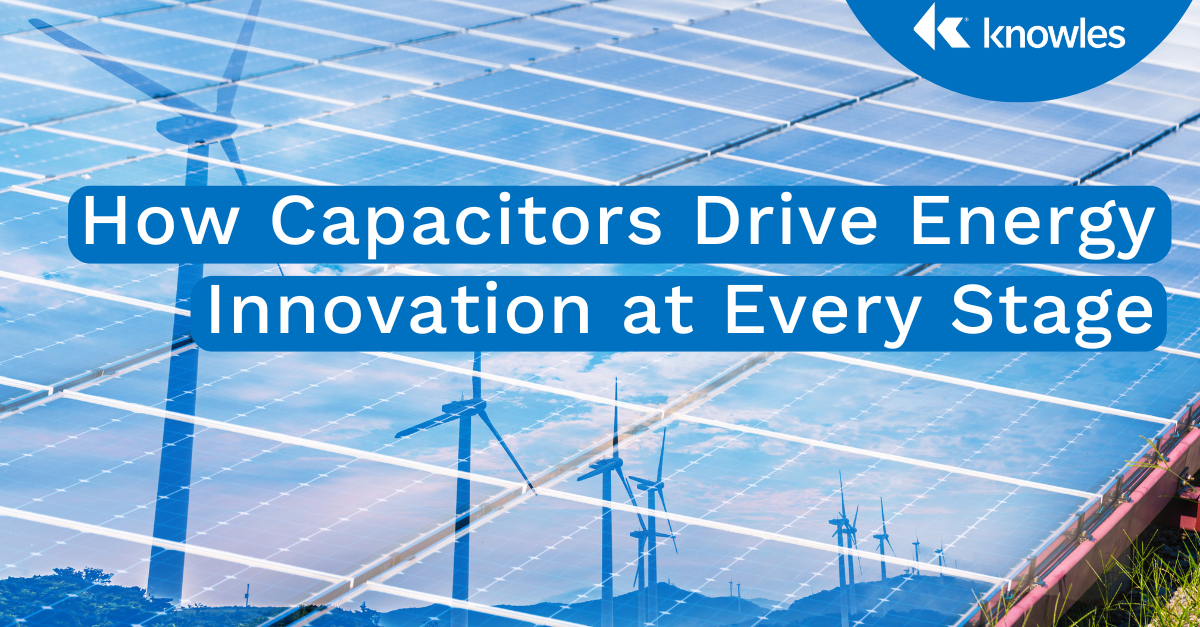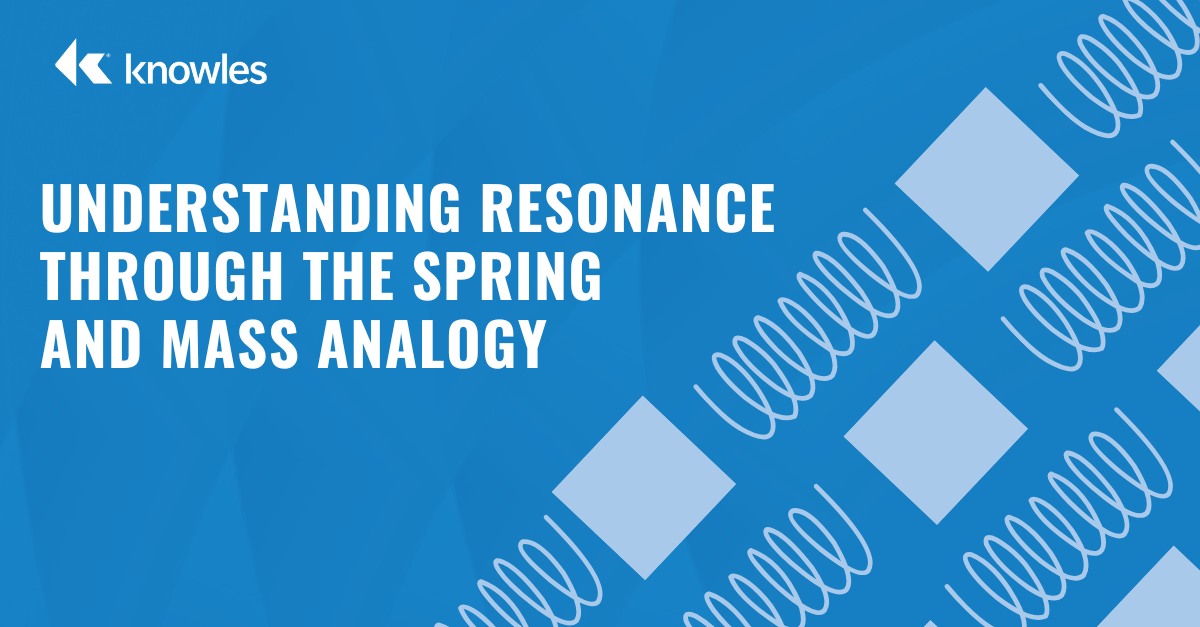Radio frequency (RF) power dividers are designed to split an incoming signal into multiple outputs such that there’s a portion of the original signal’s power in each output. Given their critical function, power dividers play a particularly important role in antenna systems, telecommunications, and signal processing.
Peter Matthews

Recent Posts
Topics: Capacitor, Military and Aerospace, High Reliability
A Year of Evolution and Innovation: Knowles’ Top 5 Blogs of 2025
In 2025, our team continued to share insights intended to help engineers navigate evolving technologies, design challenges, and application demands. We hope our technical resources and industry perspectives have supported your work throughout the year, and we sincerely appreciate your continued trust and readership.
Topics: Capacitor
Powering the Energy Transition from the Inside Out
By 2050, electricity is expected to more than double its share of final energy consumption, jumping from 23 percent to 52 percent. As a result, the way the world generates, transmits, stores, and uses energy is changing.
Topics: Capacitor
Why Q Factor and Capacitor ESR Matter in Power and RF Resonant Circuits
The performance of a resonant circuit comes down to its components. Two key factors, Q factor and capacitor equivalent series resistance (ESR), determine how efficiently energy moves through a resonator and how selectively it responds at its designed frequency.
Topics: Capacitor
Power Electronics: The Hidden Heart of Semiconductor Manufacturing
Semiconductor manufacturing is one of the most advanced industrial processes on Earth, requiring precise control of energy and materials at the nanometer scale. Behind that precision lies an invisible backbone: the power electronics systems that deliver, shape, and regulate every watt of energy that drives chip production.
Topics: Capacitor
How Safety Capacitors Help You Deliver Safe and Efficient Solar Power
As solar adoption accelerates worldwide, inverter technology must also evolve to deliver greater efficiency, power density, and connectivity. Modern residential inverters are now required to manage energy from solar panels, battery storage, and the grid all while meeting stricter global safety standards. In this complex environment, safety capacitors play a crucial role in protecting users and ensuring reliable, interference-free operation.
Topics: Capacitor
Choosing the Right Capacitors for High-Power Resonant Circuits
Temperature stability, equivalent series resistance (ESR), and physical construction all influence how a capacitor behaves in an LC tank circuit.
Topics: Capacitor
The Electrical Engineer's Guide to Safety Capacitors
In high-voltage, high-reliability applications, safety is non-negotiable. That’s why safety capacitors are essential for mitigating the risks associated with transient voltages and electrical interference.
Topics: Capacitor
How Capacitors Drive Energy Innovation at Every Stage
As energy systems evolve to support electrification, renewables, and digital infrastructure, the demands on power electronics are intensifying.
Topics: Capacitor
Understanding Resonance Through the Spring and Mass Analogy
Resonant circuits are a foundational technology in many high-performance electronic systems, enabling efficient energy control and transfer. A helpful way to visualize resonance is by comparing electrical behavior to mechanical motion. Here, we’ll break down resonant circuits using a spring-and-mass analogy and show how this applies to the fundamental LC tank circuit.
Topics: Capacitor

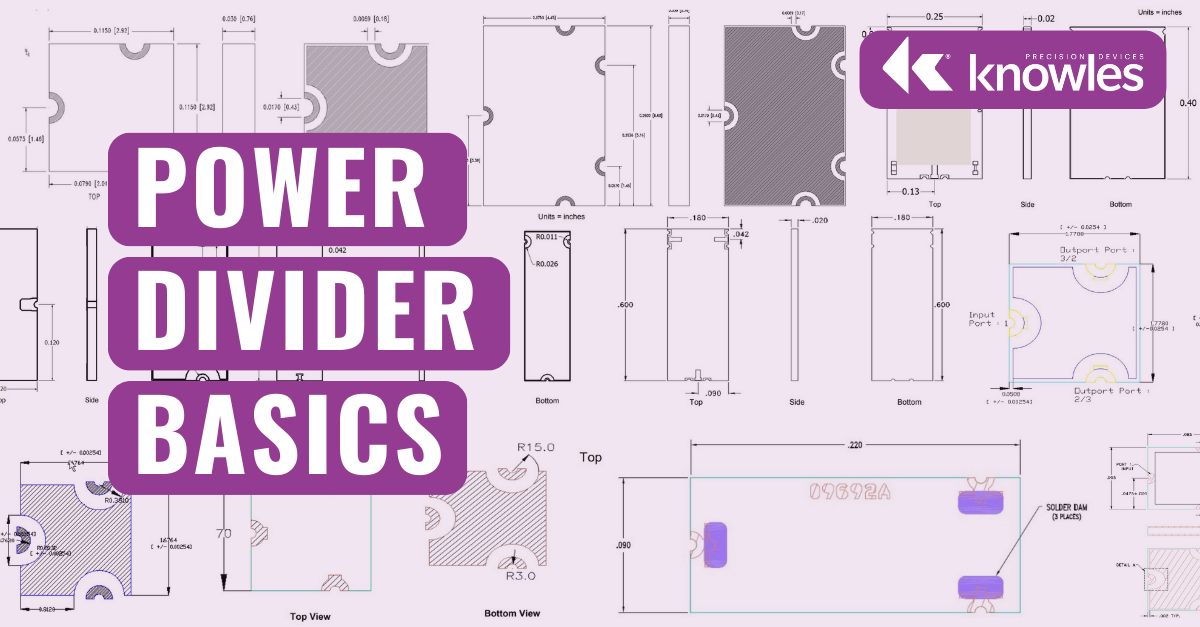

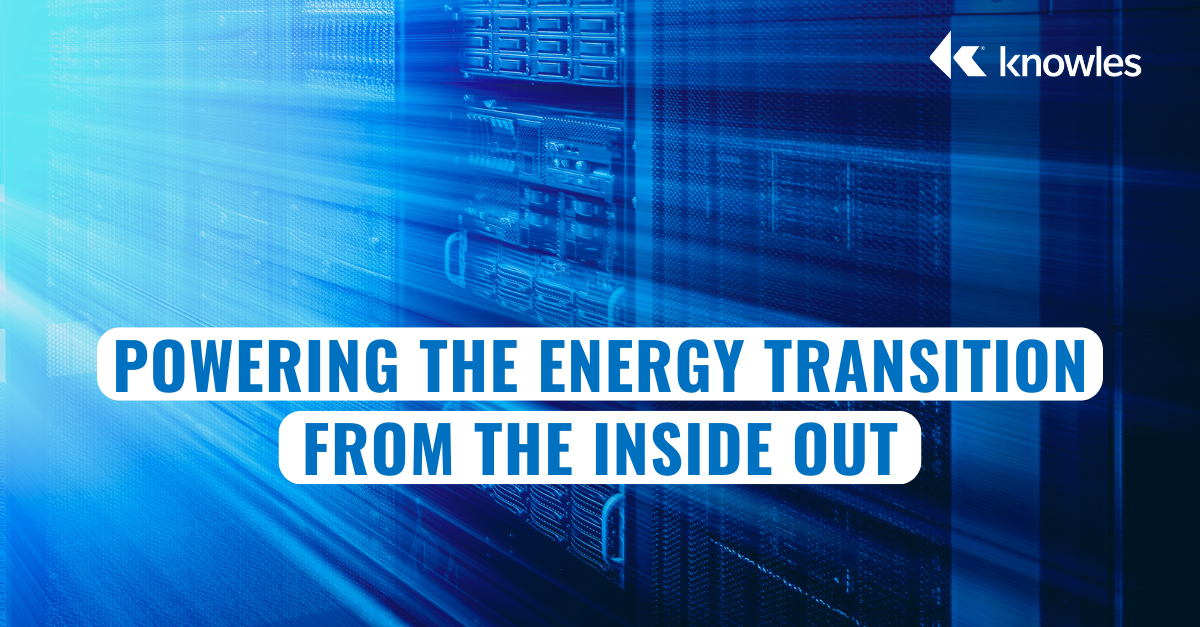

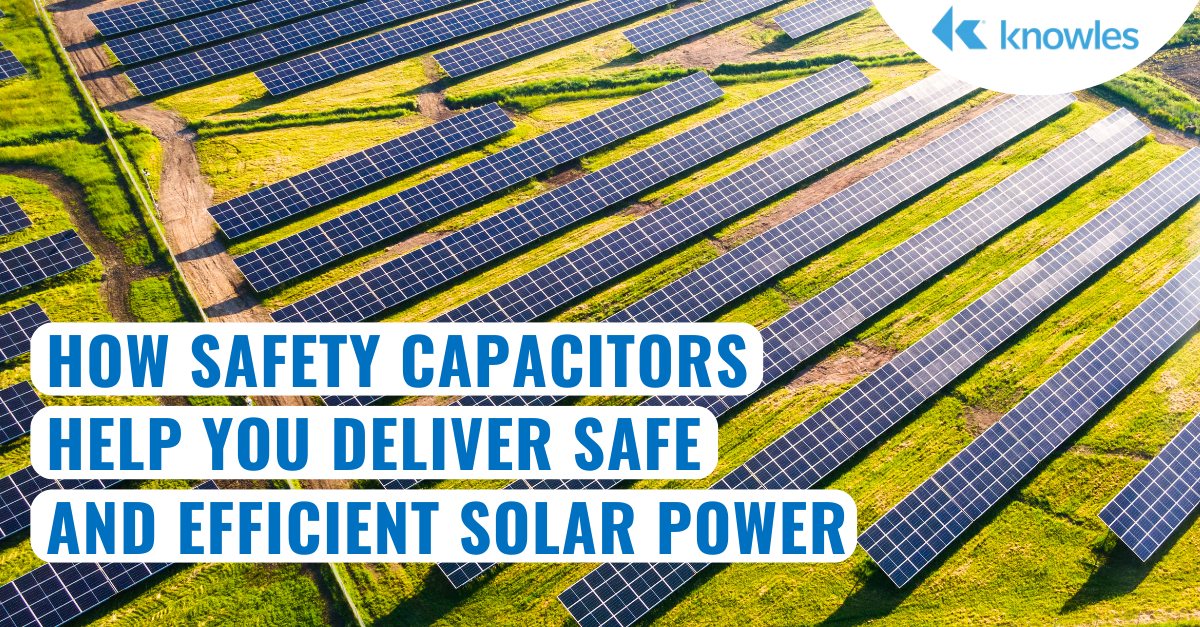
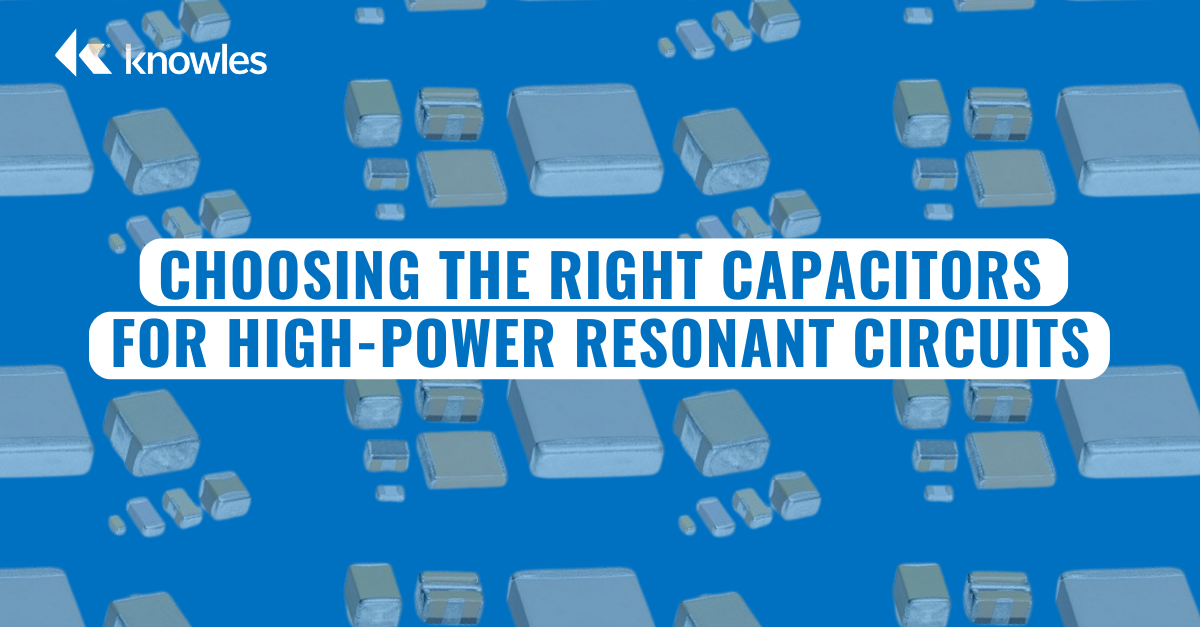
.png)
